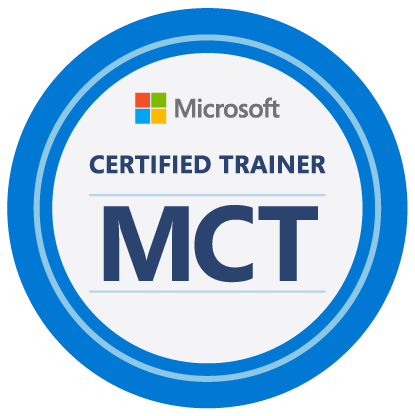Make Network Path Visible For SQL Server Backup and Restore in SSMS
There are two main approaches to make a network path visible for SQL Server backup and restore operations in SSMS:
1. Using UNC Path:
This is the recommended approach and avoids complications with drive mappings. Simply specify the full Universal Naming Convention (UNC) path to the network location in your backup or restore statements.
Here's an example:
BACKUP DATABASE MyDatabase TO DISK = N'\\Servername\ShareName\MyDatabaseBackup.bak'
2. Mapping Network Drive (with caution):
If you prefer using a drive letter, you can map the network drive. However, keep in mind that the SQL Server service account needs access to the mapped drive. Here's what to consider:
- Map the drive permanently: Use the
net usecommand with the/PERSISTENT:YESflag to ensure the drive remains mapped even after a reboot.
OR
- Use xp_cmdshell (with caution):
This method involves enabling the xp_cmdshell extended stored procedure, which can be a security risk if not handled carefully. Only use this approach if necessary and follow these steps:
- Enable
xp_cmdshell(with caution):
EXEC sp_configure 'show advanced options', 1;
GO
RECONFIGURE;
GO
EXEC sp_configure 'xp_cmdshell',1
GO
RECONFIGURE
GO
- Map the drive using
xp_cmdshell:
EXEC xp_cmdshell 'net use H: \\Servername\ShareName /USER:Domain\Username'
Replace:
H:with your desired drive letter.\\Servername\ShareNamewith the actual network path.Domain\Usernamewith the credentials that have access to the share (if necessary).
- Verify the mapping:
EXEC xp_cmdshell 'Dir H:'
Use the mapped drive letter in your backup or restore statements (e.g.,
H:\MyDatabaseBackup.bak).Remember to disable
xp_cmdshellafter use for security reasons:
EXEC sp_configure 'xp_cmdshell', 0
GO
RECONFIGURE
GO
Important points:
- Mapping a drive might not work if the SQL Server service account doesn't have access to the share.
- Using
xp_cmdshellcarries security risks. Enable it only when necessary and disable it afterward.
Recommendation:
For better security and consistency, it's generally recommended to use the UNC path directly in your backup and restore statements.










